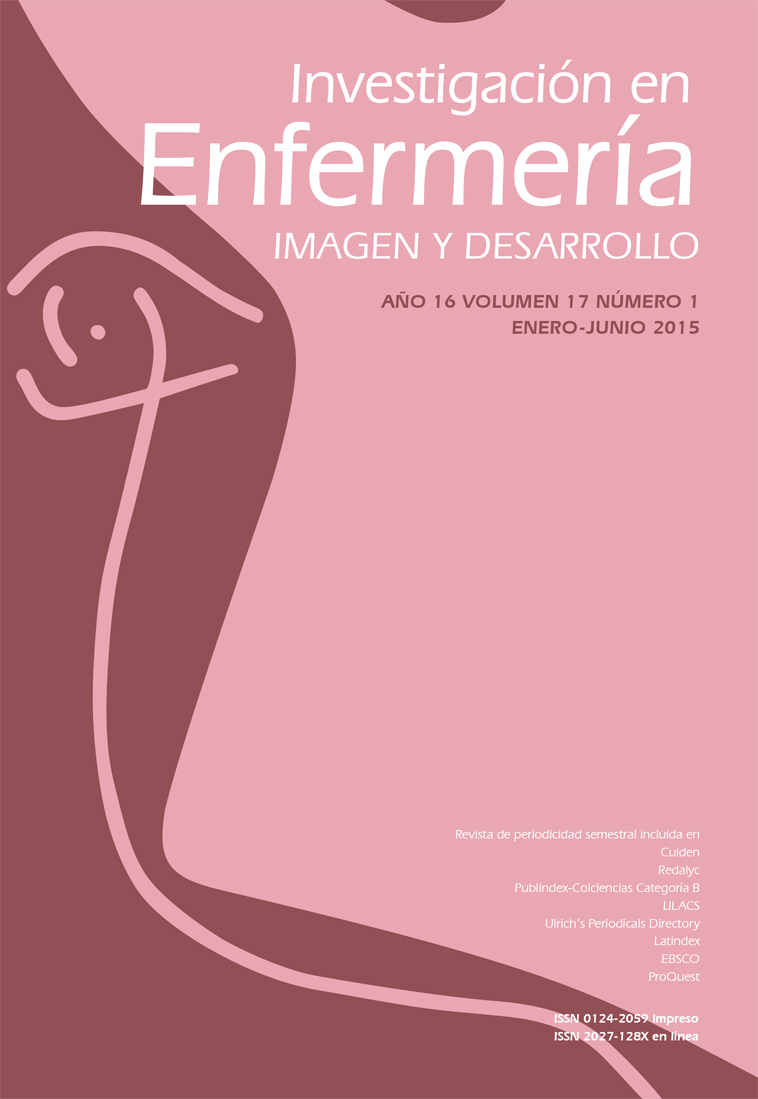Lung Cancer Stigma: concept, assessment and associated factors
Published
Dec 15, 2014
Almetrics
Dimensions
##plugins.themes.bootstrap3.article.details##
Abstract
Introduction: This article is an integrative review of the literature, which aims toidentify the status of the issue of stigma perceived by patients with lung cancerand the instruments used for this evaluation. Methods: The sample consisted of 11items found through database analysis of the medical literature and online retrieval:Medline, Cumulative Index to Nursing and significance level (CINAHL), PsycINFOand Scopus, using combinations of descriptors: stigma AND (lung neoplasm OR lungcancer).The search was conducted between September and October 2013. Results:The country with the highest number of publications was the United States (72.7%),and there was no Brazilian study. The publications were produced between 2004and 2013, especially in 2013 (45.4%), indicating the importance of the topic. Fourinstruments to assess stigma were used, with the Cataldo Lung Cancer Stigma Scale(CLCSS) the only specific to lung cancer. The most significant findings were: patientswith lung cancer feel stigmatized, regardless of being a smoker or not, they feel moreguilty, ashamed and anxious than other patients with other cancers and there is astrong association between stigma and depression and impaired quality of life. Conclusion:The studies in this field are recent, few and no study in a Brazilian sample.
Keywords
estigma social, neoplasias pulmonares, hábito de fumarestigma social, neoplasias pulmonares, hábito de fumarsocial stigma, pulmonary neoplasms, smoking
References
How to Cite
Pantaleão, I. L., & Cibele, C. A. de M. P. (2014). Lung Cancer Stigma: concept, assessment and associated factors. Investigación En Enfermería Imagen Y Desarrollo, 17(1). https://doi.org/10.11144/Javeriana.IE17-1.edcp
Issue
Section
Original Research Articles


